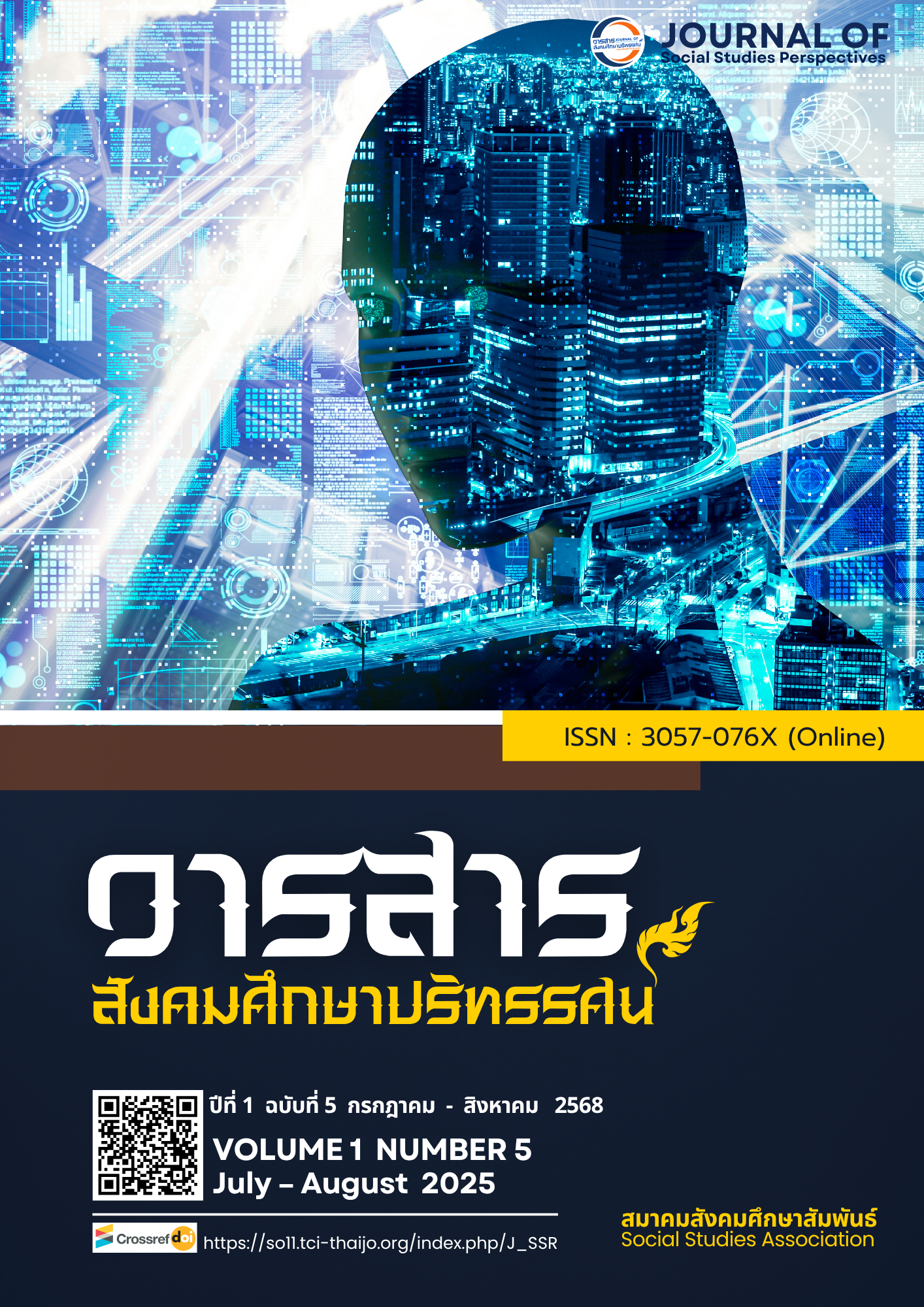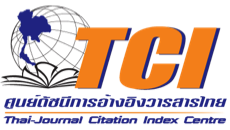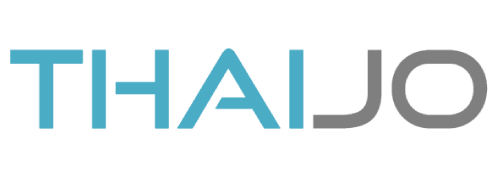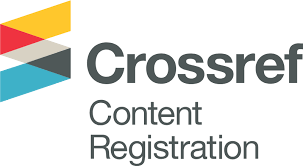DEVELOPMENT OF TRAINING CURRICULUM OF APPLICATION ARTIFICIAL INTELLIGENCE IN LEARNING MANAGEMENT FOR TEACHER UNDER THE NAKHON SI THAMMARAT
DOI:
https://doi.org/10.64186/jsp1918%20%20Keywords:
Training Curriculum , Application , Artificial Intelligence , Learning ManagementAbstract
This research aims to develop a training curriculum for the application of Artificial Intelligence (AI) in the teaching and learning process for teachers under the Nakhon Si Thammarat Municipality. The curriculum development follows the Saylor & Alexander (1974) framework, combined with the Research and Development (R&D) process, consisting of four stages: (1) studying and analyzing baseline data, (2) designing and developing the curriculum, (3) pilot testing the curriculum, and (4) evaluating and refining the curriculum. The sample groups are divided into five categories: (1) 364 teachers from Nakhon Si Thammarat Municipality and 16 interviewees, (2) 30 teachers who volunteered for the training, (3) 30 teachers from Wat Sala Mee Chai Municipal School who participated in the pilot program, (4) 2 teachers who underwent training and implemented the curriculum, and (5) 33 Grade 6 students.
The research instruments include questionnaires, semi-structured interviews, practical performance evaluation forms, tests, and assessments regarding appropriateness, alignment, and behavior. Data were analyzed using percentages, means, standard deviations, and t-tests.
The findings are as follows
- The highest training needs identified for teachers were in Information and Communication Technology (ICT) use (PNI = 0.092), followed by classroom management (PNI = 0.089), instructional design (PNI = 0.086), and assessment and evaluation (PNI = 0.084). All areas showed a PNI Modified value greater than 0.05, indicating an acceptable level of necessity.
- The curriculum design established a structure, content, activities, media, and evaluation methods that align with the needs and context of the school.
- The pilot implementation of the curriculum showed effectiveness according to the criteria (84.24/85.55), and participants' knowledge of applying AI significantly increased at the 0.05 statistical level.
- The developed curriculum is appropriate, coherent in all components, and meets the established performance criteria.
References
Ahmad, S. F., Alam, M. M., Rahmat, M. K., Mubarik, M. S., & Hyder, S. I. (2022). Academic and
administrative role of artificial intelligence in education. Sustainability, 14(3).
Creswell, J. W., & Plano Clark, V. L. (2011). Designing and conducting mixed research (2nd
ed.). Sage.
Cronbach, L. J. (1990). Essentials of psychological testing (5th ed.). Harper Collins.
Firuz Kamalov, D., Santandreu Calonge, D., & Gurrib, I. (2023). New era of artificial intelligence
in education: Towards a sustainable multifaceted revolution. Sustainability, 15(16).
Funchian, N. (2025, February 7). How about 4.0 era teaching? https://bit.ly/3qxAODe
Ge, Z., & Hu, Y. (2020). Innovative application of artificial intelligence (AI) in the management
of higher education and teaching. Journal of Physics: Conference Series, 1533(3),
Kaemkate, W. (2008). Behavioral research methodology (2nd ed.). Chulalongkorn University
Printing House.
Kanjanawasee, S. (2002). Evaluation theory (3rd ed.). Chulalongkorn University Press.
Khosravi, H., Sadiq, S., & Amer-Yahia, S. (2023). Data management of AI-powered education
technologies: Challenges and opportunities. Learning Letters, 1, 2.
Kirkpatrick, D. L. (1998). Evaluating training programs: The four levels (2nd ed.). Berrett-
Koehler Publishers.
Kitcharoen, J. (2022). Curriculum development, competency enhancement course, integrated
learning management, community context and local culture, preservice students
(Doctoral dissertation, Curriculum and Instruction Department, Silpakorn University).
Krejcie, R. V., & Morgan, D. W. (1970). Determining sample size for research activities.
Educational and Psychological Measurement, 30(3), 607–610. https://doi.org/xxxxxx
Likert, R. (1967). The method of constructing and attitude scale. In Attitude theory and
measurement (pp. 159–202). Wiley & Sons.
Munjit, C. (2023). Local learning strand curriculum development on the topic of Pan Sip
Plasalid in the career learning strand group for Mathayomsuksa 2 students. National
Conference on Applied Research 5th “New Dimensions of the World after the COVID-
Pandemic: Challenges and Opportunities.” North Bangkok University.
Nakhon Si Thammarat Municipality. (2025, January 22). Government administration.
https://www.nakhoncity.org/education.php
Office of the Education Council. (2020). Educational reform proposals in the second decade
(2009–2018). Prik Wan Graphic Co., Ltd.
Onkasem, P., Nithichaiyo, S., Insumpao, Y., & Ploysri, K. (2022). Educational innovation
development for enhancing of new normal-based teaching efficiency during the
COVID-19 pandemic of schools in Don Chimplee Subdistrict, Bang Nam Priao District,
and Chachoengsao Province. National Academic Conference on Applied Research
“Innovation Changes the World.” North Bangkok University.
Phimonsangsuriya, A. (n.d.). 10 disruptive technology trends that affect lifestyle.
ThansettakijOnline. https://bit.ly/3FAsHwa
Phonesay, L. (2025). Development of enrichment curriculum to enhance digital intelligence
of students at Savannakhet University, Lao People’s Democratic Republic (Doctor of
Philosophy, Research of Curriculum and Instruction, Sakon Nakhon Rajabhat
University).
Promwong, C. (1983). Teaching documents for educational technology and communication.
Sukhothai Thammathirat Open University.
Saylor, J. G., & Alexander, W. M. (1974). Planning curriculum for schools. Holt, Rinehart &
Winston.
Srisa-ard, B. (2017). Preliminary research (10th ed.). Suwiriyasan.
Tharmawitigul, A. (2009). Internal supervision process. Aksorn Service.
Wongwanich, S. (2007). Needs assessment research. Chulalongkorn University Press.
Downloads
Published
How to Cite
Issue
Section
Categories
License
Copyright (c) 2025 Journal of social studies perspectives

This work is licensed under a Creative Commons Attribution-NonCommercial-NoDerivatives 4.0 International License.
The article is published under the Creative Commons Attribution-NonCommercial-NoDerivatives 4.0 International (CC BY-NC-ND 4.0) license, which allows others to share the article while giving appropriate credit to the author. It prohibits the use of the article for commercial purposes or the creation of derivative works. Any other reuse or reproduction requires permission from the journal.










